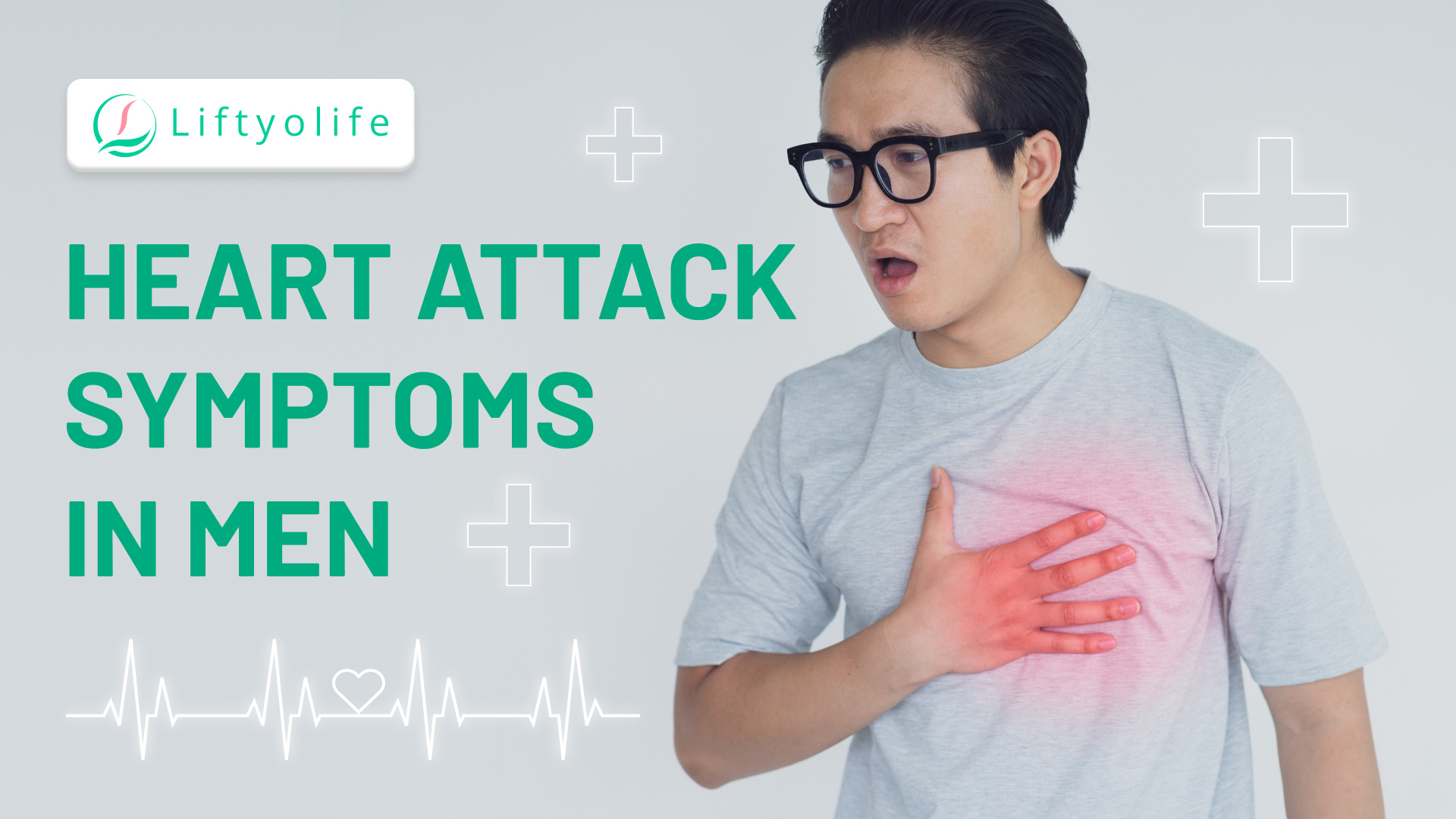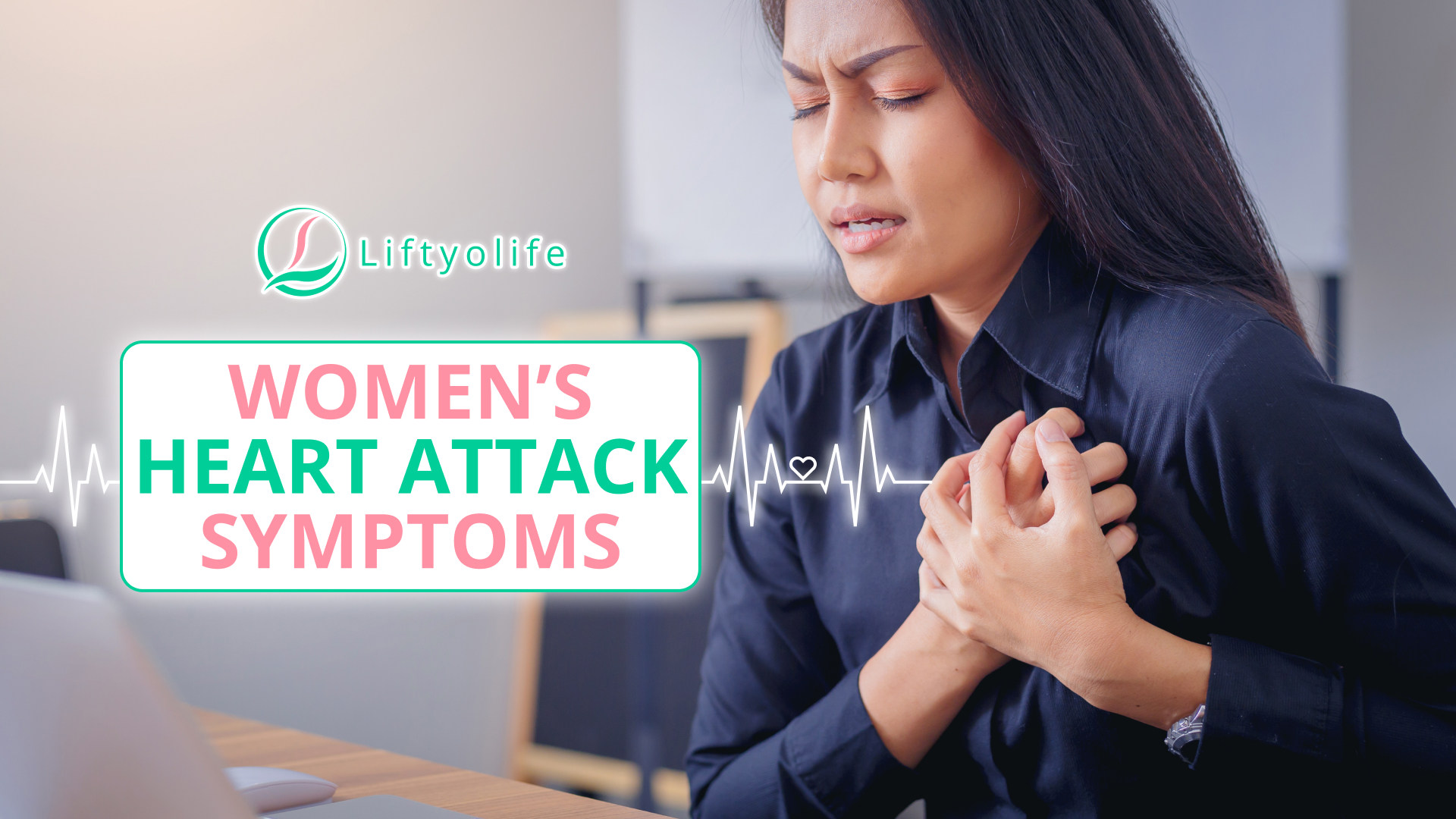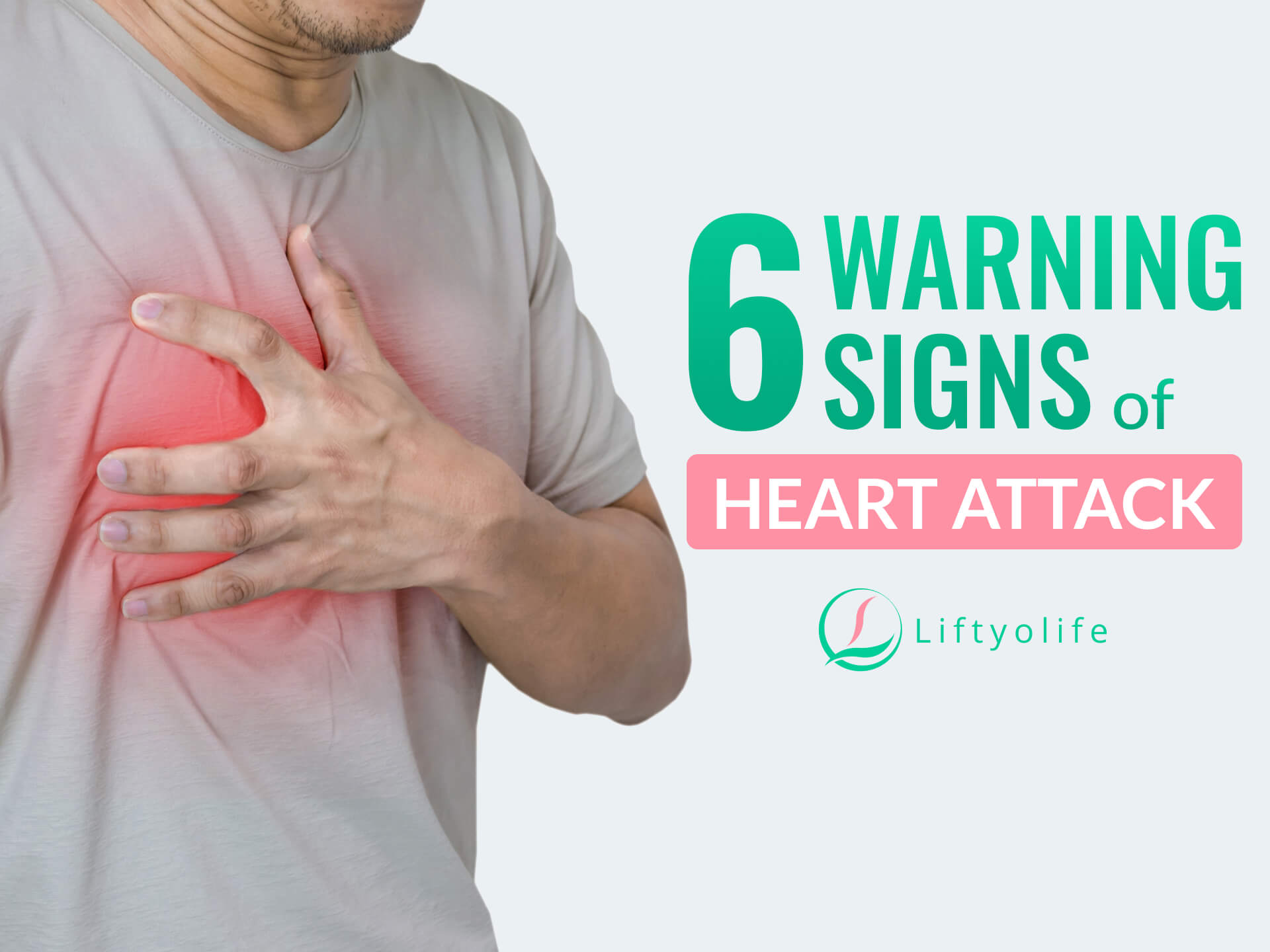3+ Signs Of A Heart Attack In Men

Three warning signs of a heart attack in men can save your life in the blink of an eye. Every 40 seconds, someone in the United States suffers from a heart attack (1) (2). A heart attack is regarded as a shadow killer because it occurs suddenly but has severe consequences. However, thanks to a slew of new life-saving treatments, heart attacks don’t have to be fatal – and in some cases, they don’t even slow you down that much. The key is to recognize the warning signs and seek assistance as soon as possible. This article from Liftyolife (liftyolife.com) will explain the early warning signs you should be aware of.
1. What causes a heart attack in men?
When blood flow to the heart is obstructed, a heart attack occurs. The most common cause of blockage is a buildup of cholesterol, fat, and other substances, which form plaque in the arteries that supply blood to the heart (coronary arteries).
A plaque can rupture and form a clot, obstructing blood flow. Interrupted blood flow can harm or destroy a portion of the heart muscle.
After that, a heart attack occurs when a clot grows large enough to block most or all blood flow through the artery, preventing oxygen-rich blood from reaching the heart muscle. Therefore, a lack of oxygen harms the heart muscle. If the blockage is not treated as soon as possible, the damaged heart muscle dies.
2. Signs of a heart attack in men
2.1. Pain in other parts of your body
A heart attack is more than just pain at heart, which we can easily recognize and detect. Moreover, pains can occur in an area of the body above the waist, such as the upper part of your stomach, shoulders, one arm (usually the left), or both, your back, neck, jaw, and even your teeth. This is because they aren’t getting enough blood, so pain or discomfort can manifest here.
2.2. Chest pain
This is the most prevalent heart attack symptom in both men and women. Most of the time, it begins gradually with mild pain or discomfort. Chest pain is only one of the warning signs of a heart attack. If you or someone else exhibits chest pain, call 911 or your local emergency number immediately. Because of the way heart attacks are typically portrayed in movies and television, a sudden onset of severe symptoms is sometimes referred to as a “Hollywood heart attack.”
2.3. Chest discomfort or pressure
Most heart attacks cause pain in the left or center of your chest, which can last more than a few minutes – or in some cases, it may come and go. The pain can be excruciating, but it does not have to be. It could be a sensation of “fullness,” “squeezing,” or “pressure.” It’s even possible to confuse it with heartburn.
2.4. Other symptoms
Dyspnea, or shortness of breath, can occur with or without chest pain and maybe your only symptom. It can happen whether you’re active or not, and it’s most likely caused by congestion (fluid buildup) in your lungs. You may also experience coughing or wheezing.
Another common symptom is:
- Tired for no apparent reason
- Feel anxious
- Heartburn, indigestion, or abdominal pain
- Sweating coldly
- Fatigue
- Lightheadedness or dizziness that occurs suddenly
- Men experience nausea and vomiting at a lower rate than women.
The more symptoms you have, the more likely you will have a heart attack. However, remember that you may not have any symptoms at all. These are known as silent heart attacks, and they are more common as you get older or have diabetes.

Signs of a heart attack in men
3. Risk factors for heart disease
Many men are predisposed to developing heart disease. In 2013–2016, 47% of men had hypertension, a significant risk factor for heart disease and stroke (3). Moreover, heart disease is the leading cause of death in men in the United States, killing 357,761 men in 2019 – roughly one out of four male deaths (4). They also estimated that 72.9% of men aged 20 and up in the United States are overweight or obese. In addition, approximately 20% of men smoke, which can cause blood vessels to narrow. Blood vessel constriction is a risk factor for certain types of heart disease.
Several other medical conditions and lifestyle choices can also increase one’s risk of developing heart disease. Here are some other factors (5):
- Diabetes
- Obesity and being overweight
- Unhealthy eating habits
- Physical sedentism
- Excessive alcohol consumption
- Hypertension (high blood pressure)
- High levels of cholesterol
According to the CDC (Centers for Disease Control and Prevention) (6), nearly half of all Americans, men and women alike, have three or more risk factors for heart disease.
A heart attack or a myocardial infarction can be fatal, but treatment has dramatically improved over the years. Based on the three warning signs of a heart attack in men, you can imagine what happens when a heart attack occurs. If you realize you have a heart attack, call 911 or an emergency medical service immediately. Liftyolife (liftyolife.com) will provide you with healthy tips to help you enhance your life to the next level.
==> Read More:






